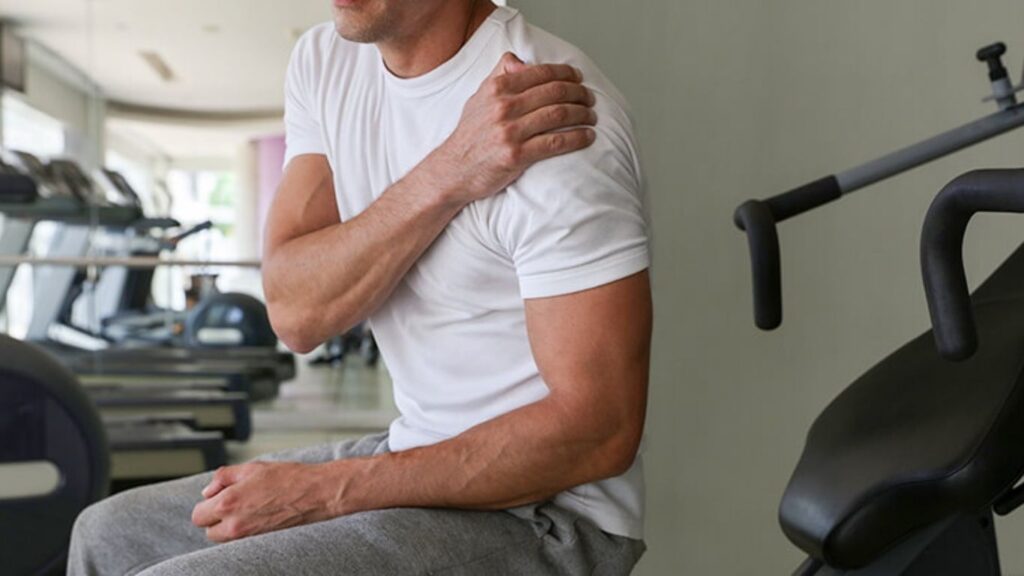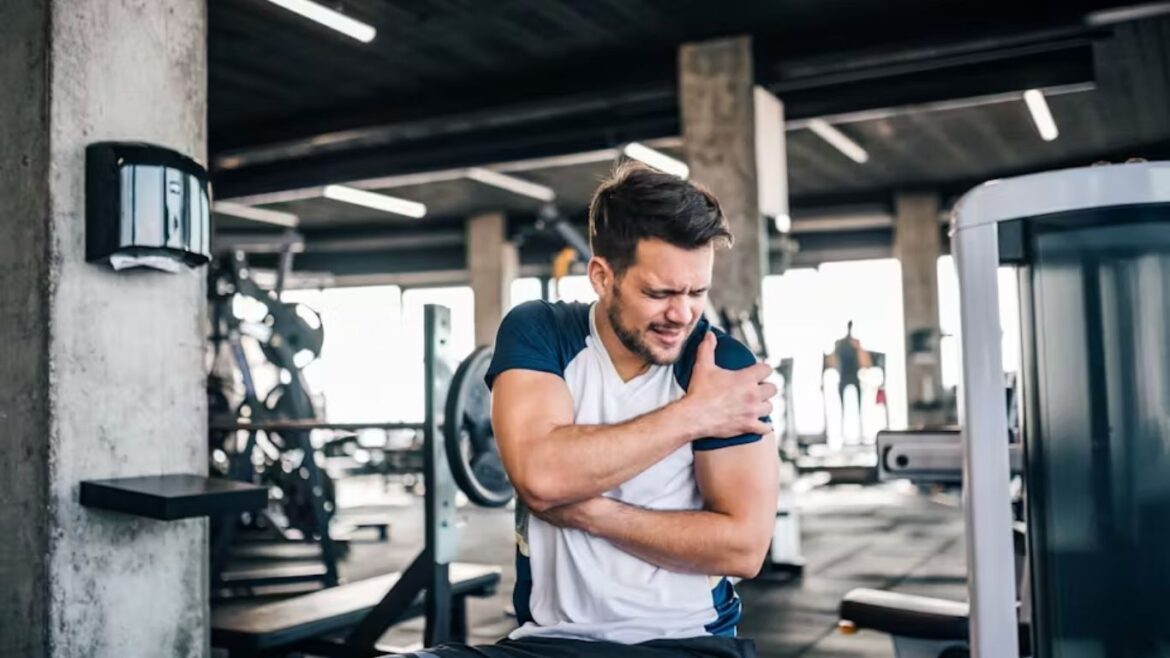Delayed Onset Muscle Soreness (DOMS) is a familiar phenomenon among fitness aficionados, manifesting as muscle discomfort that intensifies from mild to severe between 24 to 72 hours after exercise. This pain can hinder your movement and impact your daily activities. To alleviate DOMS and hasten recovery, consider these effective home remedies: Engage in gentle stretching to enhance flexibility and blood flow, which can help soothe tight muscles. Apply ice packs in the first 24 hours post-workout to reduce inflammation, followed by warm compresses to relax the muscles. Stay hydrated to help flush out toxins that contribute to muscle pain. Over-the-counter anti-inflammatory medications can offer relief. Ensure you get adequate rest to support muscle repair. By incorporating these strategies, you can effectively manage soreness and maintain your exercise routine.
10 Ways to Treat Post Workout Muscle Soreness at Home
1. Active Recovery
Participating in light, low-intensity activities like walking, cycling, or gentle yoga can boost blood flow to your muscles, alleviating soreness and stiffness. This approach, known as active recovery, promotes muscle movement without causing significant strain. By keeping the muscles engaged in a mild manner, active recovery supports the repair process and enhances overall flexibility. It’s an effective way to ease discomfort and facilitate muscle healing after intense workouts, helping you maintain mobility and prevent stiffness. Incorporating these activities into your routine can contribute to quicker recovery and improved muscle health.
2. Stretching
Stretching may not always prevent muscle soreness, but it can offer benefits for many people. Engaging in gentle, static stretches—where you hold a position for 20 to 30 seconds—can help maintain flexibility and alleviate feelings of tightness in muscles that are sore from previous workouts. It’s important to focus these stretches on the major muscle groups that were actively used during your exercise routine. This approach helps in maintaining muscle elasticity and can enhance your overall recovery process by easing the discomfort associated with muscle soreness.
3. Hydration and Nutrition
Staying hydrated is vital for muscle recovery, as water helps flush out toxins and supports the metabolic processes needed for muscle repair. Alongside hydration, a balanced diet is essential. Protein supplies the building blocks for muscle repair, while carbohydrates replenish glycogen stores depleted during exercise. Including healthy fats also supports overall recovery and energy levels. Consuming a diet rich in these nutrients ensures your body has everything it needs to recover effectively and maintain muscle health, promoting optimal performance in future workouts.
4. Massage and Foam Rolling
Massage is highly effective in reducing muscle stiffness and enhancing circulation, which facilitates the delivery of essential nutrients for muscle repair. Foam rolling, a type of self-massage, specifically targets muscle knots and adhesions, helping to break them down and alleviate soreness. By incorporating regular massage and foam rolling into your recovery routine, you can improve muscle elasticity and accelerate the healing process. This practice not only aids in muscle repair but also enhances overall flexibility and performance, making it a valuable addition to any fitness regimen.

5. Heat and Cold Therapy
Applying ice packs to sore muscles within the first 48 hours can reduce inflammation and numb the discomfort. After this period, heat therapy, such as warm baths or heating pads, can help relax tense muscles and improve blood flow, promoting healing. Epsom salt baths are particularly effective as the magnesium in the salts can be absorbed through the skin, aiding muscle relaxation.
6. Compression
Wearing compression garments aids in reducing muscle swelling and enhancing blood circulation. These garments are particularly beneficial immediately after a workout and throughout the day, providing continuous support to the muscles. By improving circulation, they help expedite the recovery process and reduce discomfort. This support can be crucial in preventing muscle fatigue and promoting faster healing, making compression garments a valuable addition to your post-workout routine. Whether you’re dealing with soreness or simply looking to optimize recovery, compression wear offers an effective solution for maintaining muscle health and performance.
7. Anti-inflammatory Medications
Over-the-counter anti-inflammatory medications such as ibuprofen can help reduce pain and inflammation associated with muscle soreness. However, they should be used sparingly and as a short-term solution, as they do not address the root cause of muscle damage.
8. Adequate Rest and Sleep
Rest is one of the most important aspects of muscle recovery. Ensure you get enough sleep, as it is during this time that your body undergoes most of its repair and regeneration processes. Aim for 7-9 hours of quality sleep per night to support optimal recovery.
9. Topical Analgesics
Topical creams and gels with menthol, capsaicin, or other analgesics can offer temporary pain relief by creating cooling or warming sensations that distract from the discomfort. These products can be applied to sore areas multiple times a day, as needed, to help ease muscle pain and provide a sense of relief. The cooling or warming effect on the skin helps to divert attention away from the soreness, making it a practical option for managing muscle discomfort throughout the day.
10. Nutrition Supplements
Certain supplements can aid in muscle recovery. Branched-Chain Amino Acids (BCAAs) taken before or after workouts can help reduce muscle soreness. Omega-3 fatty acids, found in fish oil, have anti-inflammatory properties that can also aid in reducing DOMS symptoms.

Conclusion
Addressing post-workout muscle soreness at home involves a combination of effective strategies. Implementing rest, gentle stretching, and adequate hydration can significantly alleviate discomfort. Additionally, incorporating foam rolling, massage, and proper nutrition, including anti-inflammatory foods and supplements like BCAAs and omega-3 fatty acids, can accelerate recovery. Cold and heat therapy, as well as ensuring sufficient sleep, also play crucial roles in muscle repair. By integrating these approaches, you can manage soreness, enhance recovery, and maintain your fitness routine without interruption. Consistent care and attention to your body’s needs will ensure long-term health and performance benefits.
Also read: Muscle-Building Benefits of Combining Milk and Eggs
